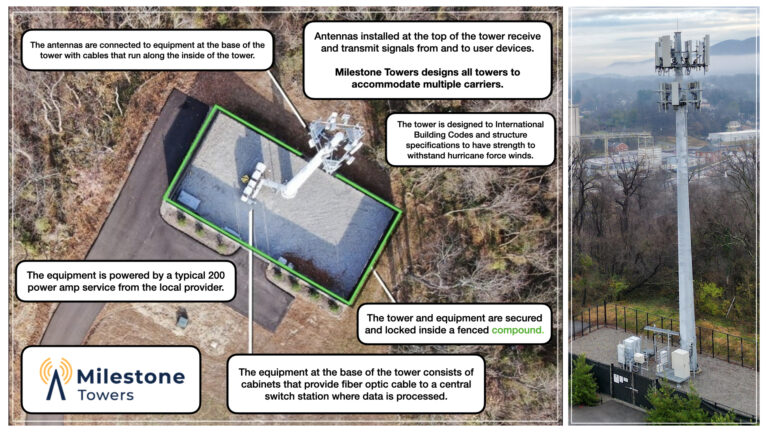How it Works
Most Americans – 97% – now own a cellphone of some kind. 85% of those are smartphones¹ and 72.6% of adults and 81.9% of children live in wireless-only households.²
A dramatic increase in data traffic is putting strain on existing wireless networks. For the first time in history, wireless phone calls are decreasing in favor of texting, email and the use of mobile applications to access the Internet. Wireless data traffic has increased by 190x since 2010.3
To keep up with the demand and to provide reliable coverage, wireless carriers are continuing to grow and enhance their networks with new cell sites.
A common question we get is, why must new cell sites be built in residential areas? New cell sites have to be built close to where consumers are using their cell phones. Now more than ever consumers are using their cell phones at home, at work and throughout their neighborhoods.
¹Pew Mobile Fact Sheet (2021): https://www.pewresearch.org/internet/fact-sheet/mobile/
²CDC National Center for Health Statistics, December 2022: https://www.cdc.gov/nchs/data/nhis/earlyrelease/wireless202305.pdf
3CTIA, 2023: https://www.ctia.org/news/2023-annual-survey-highlights
